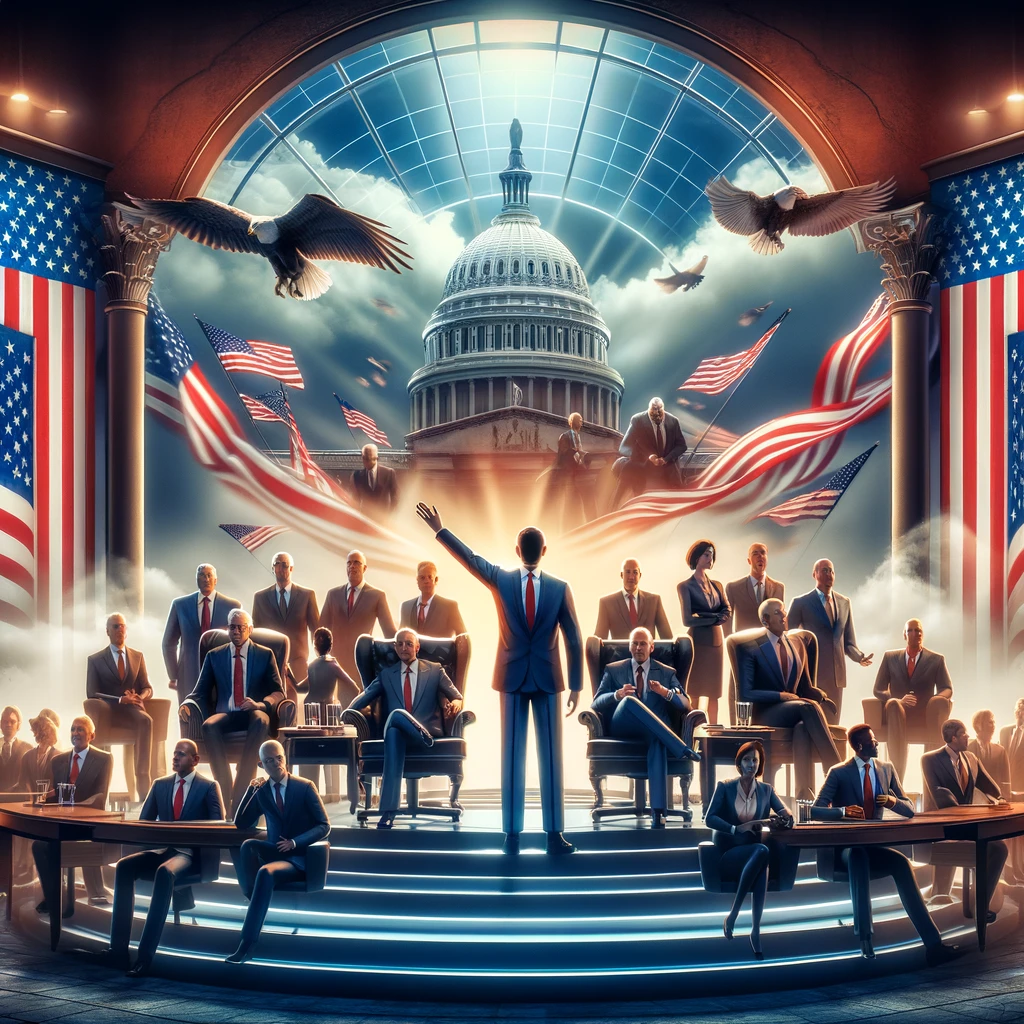The concept of imposing term limits on members of the federal government has garnered attention as a means to rejuvenate the political landscape of the United States. The notion suggests that term limits could be a catalyst for change, ensuring fresh ideas and reducing political stagnation.
The Rationale Behind Term Limits

Term limits are seen as a way to remove long-serving politicians who may no longer contribute effectively to governance. The intent is not to question the integrity of public servants but to recognize the potential decline in productivity and innovation over time. The founders envisioned a government where ordinary citizens would serve briefly in political roles before returning to private life, fostering a continuously evolving legislative body.
The Impact of Term Limits on Political Dynamics
Term limits could address several critical issues in American politics:
- Balancing the advantages of incumbency
- Promoting congressional turnover
- Enhancing independent judgment in legislative processes
- Decreasing incentives for unnecessary government spending
In his 1994 analysis, David Greenberg argued that term limits would significantly improve America’s political environment by addressing these issues effectively.
The Current State of Term Limits
Presently, the President of the United States faces term restrictions, but there’s a debate on whether these should be modified to allow presidents to implement their policies more comprehensively. Conversely, Congress lacks such limits, resulting in prolonged tenures for many members, which can lead to stagnation and inefficiency.
Proposed Changes to Term Limits
For Congress, implementing term limits could mean a maximum of twelve years in each chamber, equating to six terms in the House of Representatives and two in the Senate. This change aims to strike a balance, allowing enough time for members to acclimate and contribute meaningfully while preventing overly extended tenures.
The Benefits of Enacting Term Limits
Implementing term limits would shift the focus from re-election efforts to actual governance and law-making that benefits the populace. Additionally, it could reduce corruption, as newer representatives might be less susceptible to lobbyist influences and external pressures.
The Challenge of Implementing Term Limits
The primary obstacle to instituting term limits is the inherent conflict of interest, as the decision lies with the members affected by this change. Despite this challenge, the discourse on term limits remains a vital part of the conversation on political reform in the United States.
Works Cited
- Greenberg, D. (1994, August 10). “Term Limits: The Only Way to Clean Up Congress.” Retrieved from The Heritage Foundation.






